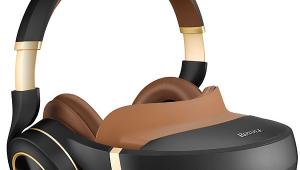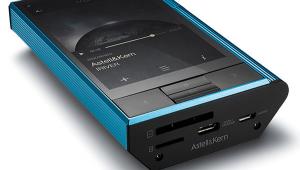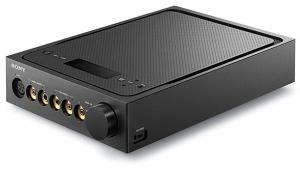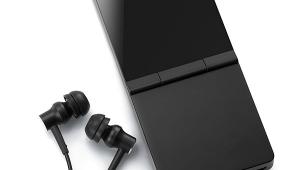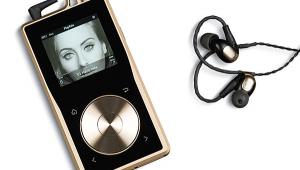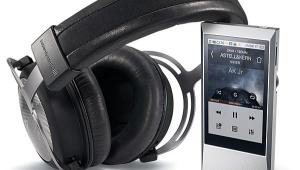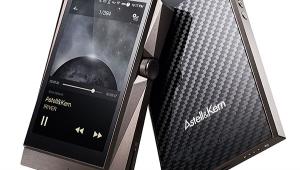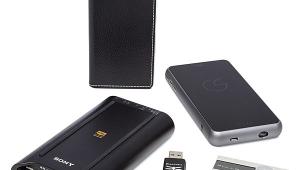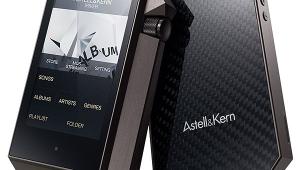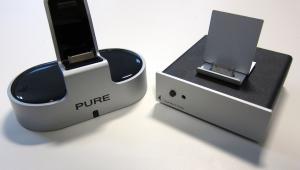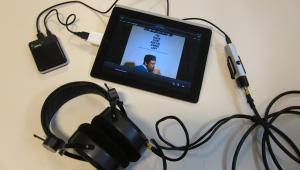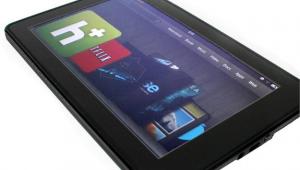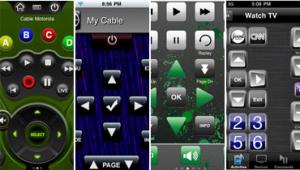Five Portable Hi-Res DACs Compared Celsus Sound Companion One Amp/DAC
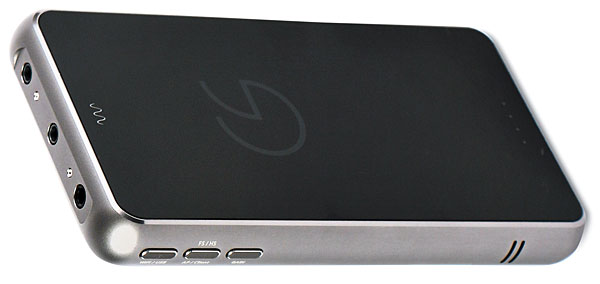
PRICE $595
AT A GLANCE
Plus
USB and Wi-Fi connections
Compatible with Windows, Mac, iOS, Android
384-kHz/32-bit resolution
Minus
Large and heavy
No power adapter
THE VERDICT
The Celsus Sound Companion One looks like a big smartphone, sounds good to great with a wide range of headphones, and is one of the few headphone amp/DACs with streaming.
Celsus Sound’s Companion One is the only product here that streams wirelessly from other devices. It uses Wi-Fi, with AirPlay for iOS devices and Macs and DLNA for Android and Windows. It supports streaming up to 192/24 and wired connections up to 384/32.
The Companion is about the height and width of a large smartphone, but twice the thickness, and quite hefty due to the machined-aluminum chassis. Headphone, line, and S/PDIF minijacks are on top, and separate USB jacks for charging and signal connections are on bottom, with power and volume buttons on the right side.
On the left side are three more buttons: headphone gain, Wi-Fi/USB switch, and connection mode. That last one allows streaming devices to connect through either your Wi-Fi network or the Companion’s built-in Wi-Fi access point. Awkward placement of the left-side controls may result in accidental thumb-pressing when you reach for the right-side volume keys. The glass top has legends for everything, pinpoint power indicators, and a squiggle that lights up red for SSID mode, blue for Wi-Fi mode, or green for line-out mode.
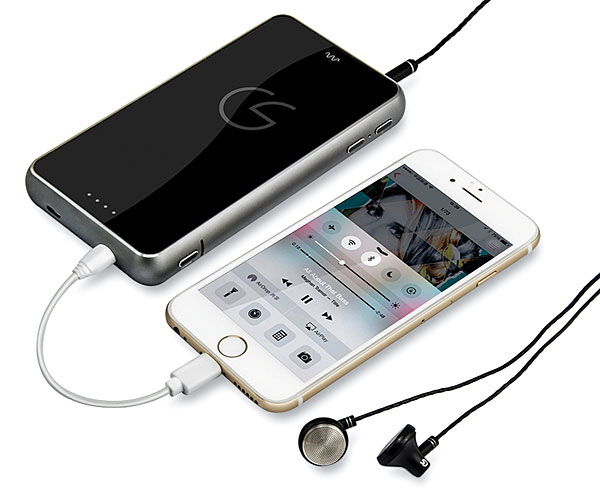
The Companion requires Windows driver installation for greater than 96/24 resolution. It is specified to play for six hours per charge, takes eight hours to charge, and doesn’t come with a power adapter for faster charging (boo), though a generic multiport 2A/5V USB charger will serve. The unit does come with two USB cables (long A to Micro-B, short Micro-B to Micro-B) and two Apple cables (short USB Micro-B to Lightning and one to 30-pin). The soft leather carry case has an extra compartment for your phone.
The Companion provided acceptable or better results with all three headphones—yes, even with the difficult Sony, and at all resolutions. The low-bit-rate Ramones were “surprisingly coherent,” and Jorma had “beautiful vocal tone.” At the other resolution extreme, I noticed Donald’s enunciation for the first time, grooved on the vivid tone color of the Saint-Saëns organ/orchestral orgy, and admired Nataly’s “excellent buildup and coherence” (in other words, strong dynamics). The word coherence cropped up a lot.
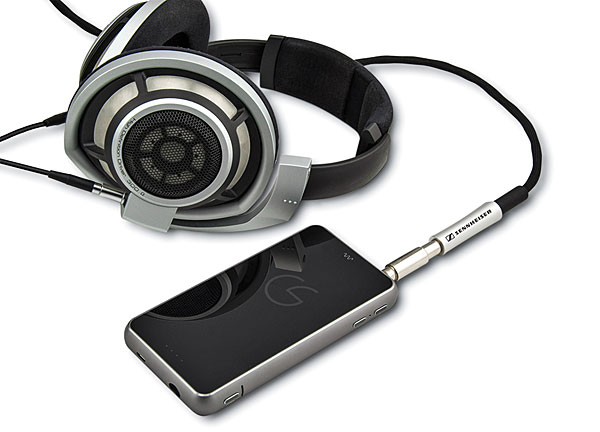
With the more neutral Sennheiser, the Companion had mixed results. After a weak start with the low-bit-rate tracks, it handled Dvořák’s higher-bit-rate swells with aplomb. While I’d have liked more 12-string harmonics on the Yes track, “liquid midrange and excellent flow” were ample compensations. I’d have liked more colorful texture in Bach and Deep Purple, and Nataly’s big buildup had me lowering the volume. But I admired the “subtle low-level imaging” in Saint-Saëns and the “excellent structure” of Donald’s elaborately layered vocals and instrumentation.
Companion did its best work with Oppo’s planar headphone—it had a taste for caviar—and its penchant for soft-focusing was often timely. The über-lossy Ramones track got “smoothed out,” and Jorma’s voice and guitar were “rounded and well behaved.” The combo glossed over Sandy’s vocals and darkened Dvořák’s tonal balance, though this made the dynamic extremes of these tracks easier to take. I enjoyed the suddenly golden timbre of Teddy’s vocals, the balance between Marianne’s voice and the stony church walls, the chugging bass in Deep Purple, and Nataly’s challenging dynamic swell. And when the tabla entered in the DSD sitar raga, I loved having that tunefully rhythmic sensation in my head.
While I like playing fields best when they’re level, I did check out the Companion’s unique streaming capability. My old iPad 2 happily recognized “Companion One-83E2EC” and started streaming to the amp/DAC’s Wi-Fi access point. Moving into an adjacent room cut the connection.
If you’re looking for an amp/DAC that meshes well with a variety of headphones and content, the Celsus Sound Companion One is the strongest and most consistent of these five products—and streaming lets you cut the awkward umbilical to your source component of choice.
Specs
Dimensions (WxHxD, Inches): 3 x 5.67 x 0.63
Weight (Ounces): 3.2
Inputs: USB Micro-B (2, 1 for charging; 1 for data)
Outputs: 1/8-inch stereo analog headphone (1), 1/8-inch stereo analog line (1), 1/8-inch digital optical (1)
Output Power: 160 mW, 32 ohms; 28 mW, 300 ohms
Output Voltage: High-gain 3 V RMS maximum, low gain 1.5 V RMS maximum
Output Impedance: N/A
Compatible Headphone Impedances: 16 ohms to 300 ohms
Sampling Rates and Bit Depths: 44.1, 48, 88.2, 96, 176.4, 192, 352.8, 384 kHz; 16/24/32-bit; DSD 64-128
Upsampling: No
DAC: ESS ES9018K2M
Windows Drivers Installed: ASIO
Celsus Sound
(219) 364-6549
celsus-sound.com
- Log in or register to post comments

